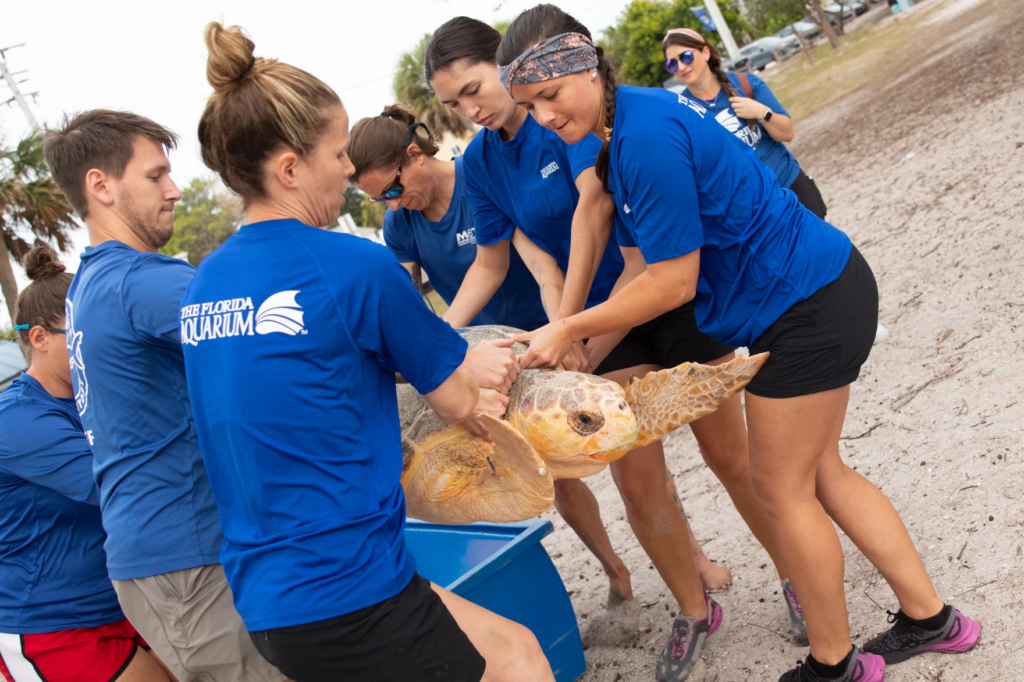Charley Stanceu of Canton was a war hero who pitched for the NY Yankees

Major League pitcher Charley Stanceu of Canton may be less well known than other baseball players from Stark County who later played for the New York Yankees.
Thurman Munson of Canton and Tommy Henrich of Massillon certainly amassed better statistics over the course of their longer careers with the Bronx Bombers. Both were World Series champions.
Nevertheless, Stanceu was also part of a Yankee team with Henrich that won the 1941 World Series. And he was “first” in other important categories.
Meet Charley Stanceu: The army veteran and Yankees pitcher came from Canton
Stanceu is considered the first player of Romanian descent to play in the Major Leagues when he pitched 39 games for the Yankees and the Philadelphia Phillies between 1941 and 1946.
The pitcher was one of the first free agents to switch affiliation to a major league team through a fledgling free agent system. Originally signed by Cleveland, Stanceu was signed by the New York Yankees in the late 1930s for $2,500 – one of 90 players released by then-commissioner Kenesaw Mountain Landis. The previous year, Henrich had also become a free agent and signed with the Yankees for $20,000.
And Stanceu was one of the first of numerous professional baseball players to leave baseball to serve in the military during World War II. Canton Repository archives show that he joined the Army in January 1942. He fought in the Battle of the Bulge and received a Bronze Star.
Stanceu was released in 1946. He signed an $800-a-month contract to return to the Yankees, but played only three games that year before New York placed him on waivers. Stanceu was signed by the Philadelphia Phillies, but was released by the National League team at the end of the season and ended his professional baseball career a few years later.
It’s hard to guess how much better Stanceu could have pitched and how long his career could have lasted if he hadn’t lost those four best seasons because of the war effort.
“Those four years were really painful,” he admitted in a 1953 interview with Repository. “I joined the Army as a young man… and when I got out in 1946, I was an old man as far as professional baseball was concerned.”
Charley’s beginnings in professional baseball
Stanceu was a tough prospect with a lot of talent. Although he played baseball professionally, he was never a member of a high school or college baseball team.
Charley Stanceu was born in 1916 to Lucretia and Charles (some sources say his father, the bar owner, was actually named Vasile) Stanceu. As a teenager, he attended McKinley High School, which did not have a baseball team at the time. Stanceu did not graduate from high school and therefore had no chance of playing the sport at a university.
Instead, Stanceu learned his skills on municipal clays and in regional leagues, according to an article by Chris Rainey on the Society for American Baseball Research website.
Rainey wrote that “17-year-old Charley used his lanky frame” to help Cities Service Oil win the Class B city title in Canton in 1933.
“Charley caught the eye of Cleveland scout Harry Layne, manager of the Zanesville Grays, with his performance in the city league, which included a no-hitter. Charley was signed in 1934 and found himself in Monessen in the Class D Pennsylvania State Association. He was joined on the team by Tommy Henrich, also from Stark County. Stanceu’s first professional appearance was on May 18, when he filled in against Jeannette. He pitched four and two-thirds innings, allowed three runs and struck out seven.”
Stanceu played several times in the minor leagues of professional baseball during the 1930s—including the New York-Penn League, the Western and Eastern Leagues, and the International League—and kept in shape during the offseason by playing basketball and bowling in Canton.
Stanceu was a pitcher in the American Association – repository records show he had a record of 15-7 for the Kansas City Blues in 1940 – when he was notified by the Yankees that he would be called up to the major leagues.
Learned from the Yankees stars
“He was very, very good when he was in Kansas City, a farm team of the New York Yankees,” recalled his widow, Marion “Mitzi” Stanceu Mewhinney, who married Richard Mewhinney of North Canton after Stanceu died in 1969 at age 53.
Statistics show that in 1940, Stanceu struck out 126 batters in 214 innings for the Blues, achieving an earned run average of just 2.69.
“Phil Rizzuto was playing in Kansas City at the same time,” Mewhinney told the Repository in 1995. “They were both drafted to the Yankees at the same time, so they knew each other really well.”
Rizzuto and Stanceu were roommates on away trips with both the Blues and the Yankees. When the latter came to New York, he found another familiar face on the team, an outfielder with Stark County roots, Tommy Henrich.
The team, which won 101 games in a 154-game season, was full of stars. Stanceus’ catcher was Bill Dickey. The infielders included Rizzuto, Joe Gordon and Frankie Crosetti. The outfielders were Henrich, Joe DiMaggio and Charlie Keller.
“We had Lefty Gomez, Red Ruffing, Spud Chandler, Atley Donald and Marius Russo on the (pitching) staff, and those guys were great,” he recalled in 1956. “I sat in the bullpen for 21 straight games and watched every pitcher pitch, and I never left the bench.”
Meanwhile, Stanceu learned the finer points of his game. During the rest of the season, he pitched often and well enough to post a 3-3 record and help the Yankees win. During the World Series, he threw only batting practice as the Yankees defeated Brooklyn in five games.
“It was exciting, even though I knew I didn’t have much of a chance to pitch in the series,” he said in the interview for the 1956 article. “Our pitchers didn’t need any help. Three of the starters made it to the end.”
Stanceu and teammates go to war
In the years following that championship, Stanceu could have become a star. Instead, they were full of bravery on the battlefield.
The first issue of Yank, an official Yankees newsletter, published in 1946, reintroduced fans to the Yankees, who had returned from World War II that season, and highlighted Stanceu’s wartime exploits.
“A year ago, most of the Yankees you see at the ballpark these spring days were scattered around the globe in the various uniforms of Uncle Sam,” the newsletter recalled. “Perhaps the most outstanding wartime feat by a Yankee was accomplished by burly Charlie (sic) Stanceu, the big right-handed pitcher who was jokingly known as Phil Rizzuto’s bodyguard. Big Charlie was a lieutenant in the infantry and was decorated on the battlefield for a courageous reorganization on the Rhine-Rhone Canal in the face of a nighttime Nazi attack.”
The bravery in combat deserves respect, and the accolades that followed were undoubtedly nice to hear, but none of that helped Stanceu assemble a roster of returning stars, including Ruffing, Chandler and Russo, who had worn Stanceu’s army khakis in World War II.
Stanceu later recalled something he said just before getting into Henrich’s car for the drive to spring training in 1946.
“It will be difficult for me to get a job.”
Stanceus’ words were prophetic. His time in the major leagues was almost over. The chronology of the pitcher’s retirement can be traced through the items in a shoebox that his widow kept in the back of a closet for years.
The box once contained Stanceu’s 1946 contract, a letter from a Yankees official welcoming Stanceu to spring training that year, and a card stating the player was “eligible to enter the Yankees’ spring training facility in Florida.” The box also contained a 1946 Philadelphia Phillies schedule and a “notice of release or transfer of player” from that National League team.
“From there he went to the Columbus Red Birds, but that wasn’t the big league anymore,” recalled Mewhinney, who married Stanceu before he went off to fight in World War II. “But that wasn’t the big league anymore. I think that’s when he decided to quit. The players seemed younger. He just thought it was time.”
After three seasons in Columbus, Stanceau began working in human resources at Monarch Rubber Co. in Hartville. He raised three children – two sons and a daughter – and years later explained why he left baseball behind.
“Don’t stay in the minor leagues forever,” he said. “If you don’t break through in three or four years, quit baseball.”
Stanceu died at home on April 3, 1969 at the age of 53 from a heart attack.
An obituary in the repository specifically addressed the passion and skill with which Stanceu played baseball.
“A right-hander with a fiery fastball, he had one of the better sliders of his era.”
His shorter obituary in the news agency United Press International described – beyond his family – the highlight of his life.
“Stanceu once said that his greatest thrill in professional baseball was pitching for the Yankees.”
Reach Gary at [email protected]. On “X” (formerly Twitter: @gbrownREP.



